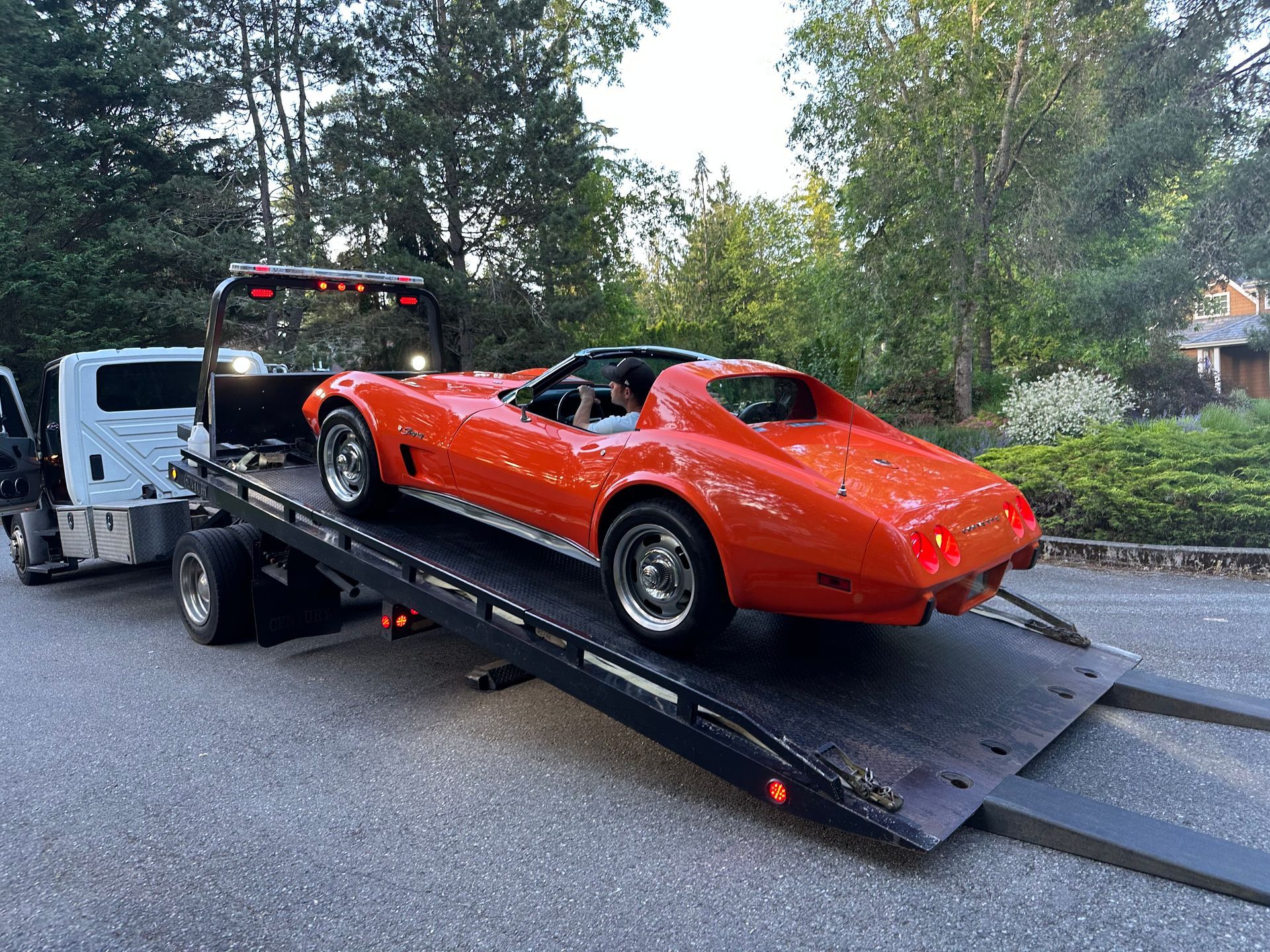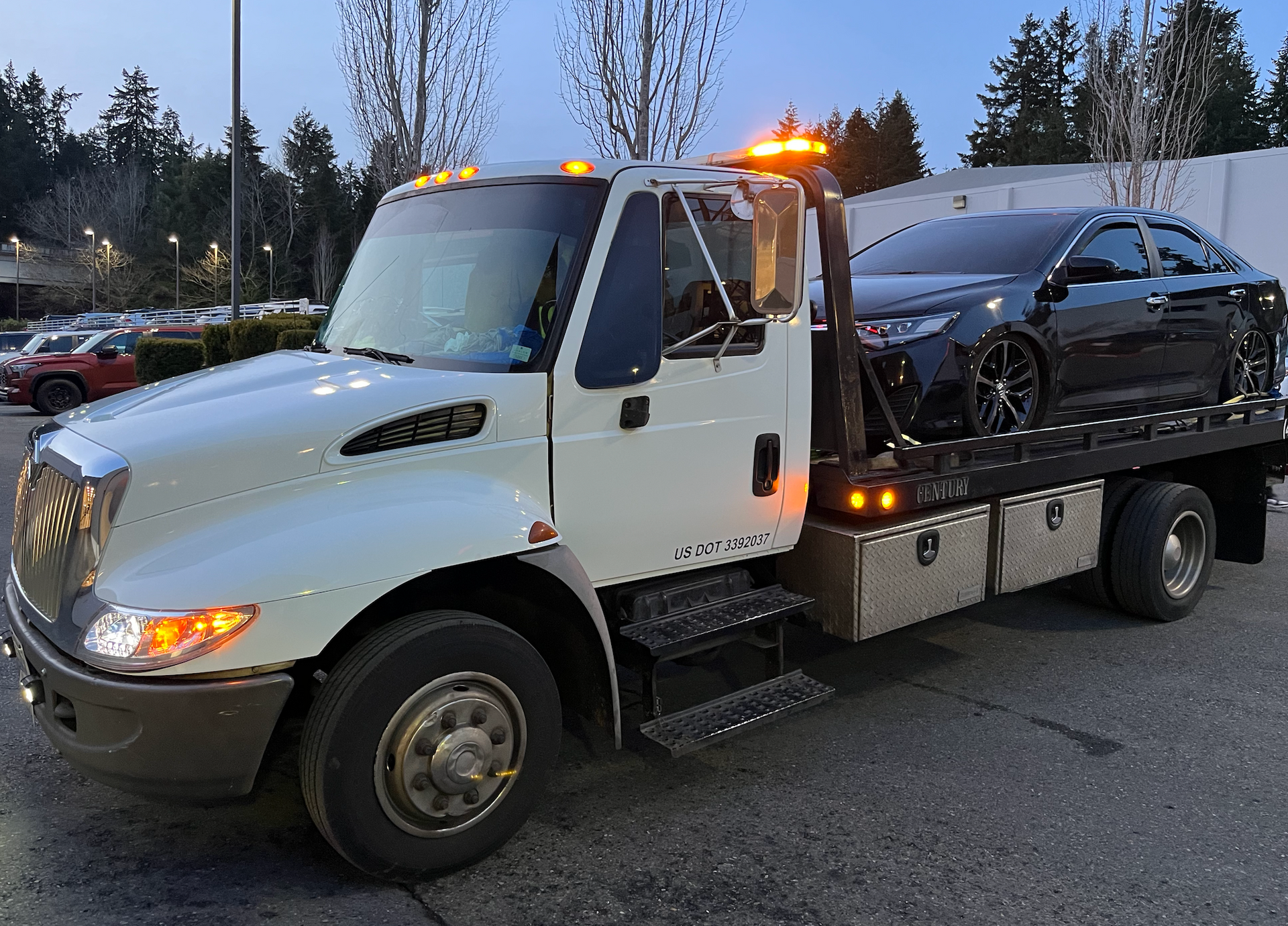The Importance of Timely Tire Changes for Vehicle Safety
Vehicle safety depends heavily on tire maintenance. Tires directly affect handling, stopping ability, and overall driving stability. Many accidents occur due to neglected tire changes, which compromises control over the vehicle. Fresh and reliable tires not only improve safety but also enhance fuel efficiency and comfort. Regular attention to tire health can prevent significant issues.
Ignoring worn-out tires increases risks on roads. With consistent inspections and timely replacements, drivers can avoid hazardous situations. Focusing on this aspect of maintenance contributes to a safer driving experience. The following sections highlight the critical reasons for prioritizing timely tire changes.
Road Grip and Stability
Old tires lose grip, affecting road stability. Poor traction results in skidding and difficulty in maintaining control, especially during sudden turns. Tires with adequate tread depth maintain better road contact. Such tires deliver improved handling and enhance stability during adverse weather conditions.
Shortened Braking Distance
Braking distance depends largely on the condition of the tires. Worn treads fail to stop the vehicle quickly, raising accident risks. Replacing aging tires reduces this danger by improving braking effectiveness. Quick stops during emergencies often rely on the condition of the vehicle’s tires.
Protection During Bad Weather
Rainy or icy roads demand excellent traction. Tires with deep treads disperse water effectively, preventing hydroplaning. Old or damaged ones fail in such situations, making driving unsafe. Proper replacements protect vehicles from weather-induced hazards.
Improved Fuel Economy
Low-quality or deteriorated tires increase rolling resistance. This added friction forces the engine to consume more fuel, leading to unnecessary expenses. Well-maintained tires reduce this resistance, promoting better fuel mileage and saving money over time.
Avoiding Sudden Blowouts
Driving with damaged tires creates the risk of sudden failures, commonly known as blowouts. Blowouts not only damage vehicles but also endanger lives on highways. Regular inspections and replacing weakened tires help prevent these occurrences.
Prolonging Vehicle Life
Worn tires create uneven strain on other vehicle components. Poor alignment and suspension issues often arise due to bad tire conditions. Addressing tire problems on time reduces pressure on these parts, increasing the lifespan of the vehicle.
Recognizing Replacement Time
Look for visible cracks, bulges, or uneven wear to spot damaged tires. Vibrations or pulling during driving indicate alignment problems caused by bad tires. Manufacturers recommend replacements after a specific mileage or age limit, even if visible signs seem minor.
Expert Help for Better Decisions
Consulting professionals aids in choosing suitable options for specific vehicles and driving needs. Experts assess tire conditions and suggest replacements aligned with road requirements. Proper installations further enhance the benefits of timely tire changes.
Safety Over Convenience
Ignoring tire health puts lives at risk. Replacing them before problems arise strengthens safety. Prioritize tire changes to enjoy smoother rides and long-term savings. Proactive measures ensure journeys remain safe and stress-free.
Taking these steps minimizes risks and boosts confidence behind the wheel. Paying attention to tire health safeguards not only the driver but everyone on the road. Regular maintenance and timely action go a long way in maintaining vehicle performance and safety.



